The sail from Moorea to Huahine was to be our final overnight voyage in a season that claimed more nights at sea than all of our other sailing seasons combined. Some of those overnight passages were idyllic, while others were fodder for scary bedtime stories. We were really hoping this last one would be a good one.
We are learning more and more as each day passes about South Pacific weather. Anyone who says the winter season in French Polynesia is not rainy, doesn’t know what they are talking about. With so much rain now, I can’t imagine what the summer “rainy season” must be like. The Society Islands of French Polynesia sit in the region of low pressure in the path of the SE tradewinds blowing from east to west. Just below them are the series of high pressure systems interspersed by lows, moving from west to east from Australia. There is bound to be convection when the two meet, all year long. Duh? The highs pass by about every eight days, followed by lows and accompanying fronts, rain and big winds, that last about as long. The episodes of rainy and windy weather are so uniform that the Fijian word for these winds translates to “eight days.”
Anyway, we are beginning to realize that ever since we have been in French Polynesia, a period of good weather with sunshine and gentle winds has been followed by a period of rain and high winds. The trick for planning an overnight crossing is to not leave too early after the low passes to be confronted with residual high seas, but not too late that the wind starts backing to the north and then to the dreaded southwest to be greeted with the worst of a new front while underway.
Planning is not that easy because our principal sources of weather, PredictWind and Grib files downloaded through our Iridium Sat Phone, give statistics and maps on predicted wind direction and strength, etc., but don’t say in big letters on the top of the page, “A FRONT IS COMING YOUR WAY; STAY PUT!” For that, we need to interpret large area weather maps, which take a lot more connection time to download, so we do them less frequently than our daily weather download. And sometimes they are wrong, or we misinterpret them.
To Huahine
So it was with hopeful optimism that we set sail on August 11 about noon from Opanohu Bay on Moorea to Huahine. Well, we tried to set sail. We started the motor early and left it running while we were getting ready to depart because we wanted to get the watermaker started as soon as possible. So the engine sat running in one place. We had barely weighed anchor, Rick still at the bow, when I heard an unfamiliar engine sound, sort of gargled and deeper than usual. I looked around for perhaps a power boat passing by, but there were none. Water was coming out of our exhaust, but very little. We weren’t in the best spot for anchoring – a bit close to the guy who had been in front of us and was now to our side – but what could we do. I yelled to Rick to drop the anchor back in while I turned off the motor. Rick tried to clear the raw water intake thru-hull from the outside of the boat and then had me start the engine, but then he heard the same thing I had – the engine still didn’t sound right. The guy in the next boat over came out of his cabin, probably wondering why we reset our anchor so close to him, so I told him why and asked if he would keep a lookout so we don’t swing too close while we fix the problem.
We both suspected that some of that ugly algae that floats in our faces while we are snorkeling near unhealthy coral, had once again clogged our intake valve. There is a lot of that stuff around Moorea. The last time it happened, Rick figured out that if he disconnected the hose coming into the boat from the intake thru valve and forced air hard enough through the hose to the outside, it might clear the obstruction. I grabbed our trusty hand air pump from our whitewater days, Rick disconnected the hose, he opened the thru valve just as I pumped air into the hose, and voila!: salt water rushed through the valve into the boat full force. (This is one of those rare times where we were happy to see water coming in!) Rick put everything back together and we were underway, again, in less than an hour. Good thing we had left a little wiggle room in our departure timing! If we could mount a filter over the raw water intake valve on the outside of the boat without having to remove the thru-hull to do it, that might be a good idea. This has happened twice now, and we might not be in such a safe spot to turn off the engine next time.
In spite of our slow start, we had exceptionally good luck on this crossing. It was everything we could have wished for on our last overnight of the season. We had enough wind to sail downwind the entire passage of 90 miles or so, about 12 to 14 knots true with gusts to 18 on a run. We enjoyed mostly clear skies, no moon, a full sky star display, and the magnificence of the Milky Way sharing her secrets with us. It was also the time of the Perseus Meter Shower and Rick saw a few shooting stars. The seas were lighter than predicted, two feet instead of two meters, and aft of beam. It was warm enough to be in just a T-shirt all night long, although I wore light leggings to keep the chill off. We started the motor a few times just to top off our power levels because the wind generator wasn’t producing in those winds on a run. But even with winds on the light side, we had to reduce speed by reefing, just to avoid making landfall before dawn. A glorious sail that we hated to see end.
Huahine
Huahine is the southeast most island of the “Leeward Islands” of the Society Islands of French Polynesia. After already stopping at several anchorages on five islands of the Marquesas, two Tuamotu, plus Tahiti and Moorea, you would think that the Leeward Islands would be nothing new. You would be wrong. The Leeward Islands have wider and deeper lagoons than the Windward Islands or the Marquesas but still have the mountainous island in the middle, unlike the Tuamotu. The larger lagoon makes for more snorkeling and anchoring opportunities. They also attract more bareboat catamaran charters than any of the other islands.
We loved Huahine. It is nowhere near as commercialized as Bora Bora. There are 6,400 inhabitants and only two resorts on the island as far as we could discover. I don’t believe either resort is international although they are both lovely. The tourist literature refers to Huahine as the “authentic island.” I would agree. It is 95 kilometers to drive around both the large and small Huahine islands, connected by a short bridge. We did it one one day on motor scooters. The drive felt like a road around one big botanical garden. Along the way we stopped at a river where sacred blue-eyed eels live, we toured a museum detailing the indigenous culture and their Maraes (sacred sites), we explored the ruins of an old resort on a deserted point, we had a drink at one of the beach resorts, we stopped at a liqueur distillery, and we took pictures of ourselves with romantic backgrounds!

Beautiful, manicured plants lined the road all the way around the island, and a broad grassy shoulder on both sides had just been mowed all the way around as well. The good drainage infrastructure was impressive too.
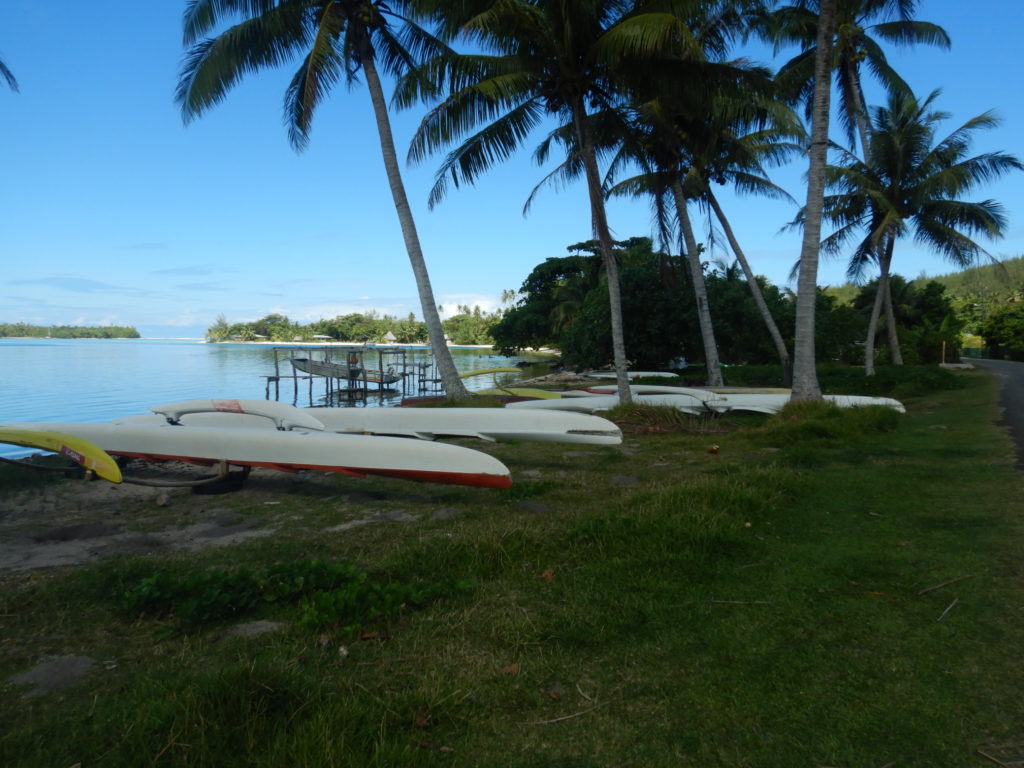
Outriggers can be found along the shore or suspended over the water throughout all,of the islands of French Polynesia
The only real town, Fare, is on the NW side on the island just inside a very navigable pass . The town has a main road along the waterfront about three blocks long, and a parallel commercial district road about five blocks long. That is the whole town. However, it is big enough to support an excellent grocery store, a good internet service, the Huahine Yacht Club (really just a restaurant on the waterfront nearby the moored sailboats), and several smaller restaurants and food stands. Fresh local vegetables and fruit are sold by farmers every day from tables they set up along the waterfront road. There is a doctor’s office, a post office, a bank, a city hall, a hardware store of sorts, an Air Tahiti office, two car/scooter rental offices, bicycle and surfboard rental, and even a few souvenir/T-shirt/novelty shops. And the most generous quantity of Poisson Cru for the cheapest price in all of French Polynesia can be found at the permanent Roullotte truck cafe across from city hall. I only was able to indulge in it once, though; the day I went back for some more, they didn’t have any because it had been too windy to go fishing. THAT’S when you know the fish is fresh! One other thing I liked about the town was that they had free services available to the public, including public showers and running water right there in the middle of the waterfront, well-maintained public bathrooms with fresh flowers decorating the sinks, and free, well-maintained mooring balls for visiting sailboats. So civilized.
These guys above just got together to sing some music to pass the time while they sold their produce.
Out in the Bay bordering the town, there was a deep anchorage (60 feet) close to town, but we really don’t like anchoring deep, partly because we only carry 200 feet of chain so that doesn’t allow for much scope, and partly because we can’t free dive that deep if we need to free our chain from a coral wrap. We are not yet scuba certified and we couldn’t carry tanks anyway. Fortunately, both times we stayed in that anchorage, one of the publicly-maintained mooring balls was available. We had read that the Society Islands were starting to install such moorings to preserve the coral from the ravages of anchors and chains, and we think these were part of that effort. We were very grateful! Elsewhere in the bay, there was a shallow sand spit where a few boats could anchor but it was surrounded by coral heads so not to our liking. We carry pearl farm floats that we use to suspend our chain above coral if we have to, but they are a hassle to deploy and they don’t guarantee you won’t get wrapped on coral anyway. Also out in the bay were a couple of “traditional floating homes,” literally, a motorized platform with a cute little grass roof house on it. They are for rent, and Rick was charmed by them.
We finally tore ourselves away from all the conveniences of Fare and headed down on August 17 to an anchorage on the SW corner of the small island called Avea Bay. There is not much there except beach, a nice, laid back resort and a big anchorage. We walked the beach, enjoyed cocktails and a meal at the resort, and listened to a family musical team sing and play some fun Polynesian tunes. I get the feeling that lots of Polynesian families spend their evenings at home just singing and playing music. It is the thing to do, part of daily life, if you will, like playing cards in the US used to be, before the advent of television. Even the four year old daughter joined in. Can you imagine?
Unfortunately, if there was good snorkeling in the area, we couldn’t find it. Mostly the sand under the water was covered with what looked like an overpopulation of dark-colored sea cucumbers. It was too shallow to dinghy around the point where allegedly we might have found better snorkeling grounds. On top of it, we were on the unsettled weather side of the weekly pendulum swing, so we had lots of rain and wind to keep us inside our cabin reading books, doing chores and watching movies.
Our friends Nancy and Rob from Shindig, who shared a dock with us in Sausalito, California before either of us started cruising, flew out to see their boat, which is currently in storage here, and to sail around the Societies with their friends on another boat, Cinnabar. We managed to arrange a rendezvous in Fare, so we headed back up there after the weather subsided.
Partly because it was the only way to firm up the details of getting together with Rob and Nancy, we started tuning into the twice per day “Poly-Mag Net” (Polynesian Magellan Net) on our Single Sideband Radio (SSB). Boats underway as well as those stationary are free to checkin to this net, exchange information about the weather, facilities etc., and be followed as they do a crossing. We heard people reporting from everywhere from the Marquesas to Fiji. One sailor, for example, was reporting in twice per day as he single handed his boat from French Polynesia to San Francisco! There has to be net controller each day to make this work, and boats who have been around for a while volunteer for that role. So through this net, we got to know by radio and later in person, several of the boats who didn’t rush off to New Zealand yet but are staying around. It is nice to have a network of people to check in with when you are otherwise a stranger in a strange land. The net offers some consistency to an otherwise quite transient community, and gives us a hint of things to come by those who have gone before, especially if we continue west.
Rob and Nancy are such optimistic, smart, active people – it is always an inspiration to visit with them. Cinnabar kindly invited us over on their boat for a lovely dinner with the six of us. Rob and Nancy apparently did quite well for themselves in Silicone Valley, enough to retire at a younger age than most, and sailed to the South Pacific last year after having bought a lovely home near Santa Rosa, California. Unfortunately, their home burnt to ashes in the Wine Country fires in 2017. But they still have their beautiful boat, and they have already bought and moved into another home in the area. Like I said, they are an inspiration.
So, after an inspiring visit with our friends, we moved on to Raiatea, another island and another story, on August 25.

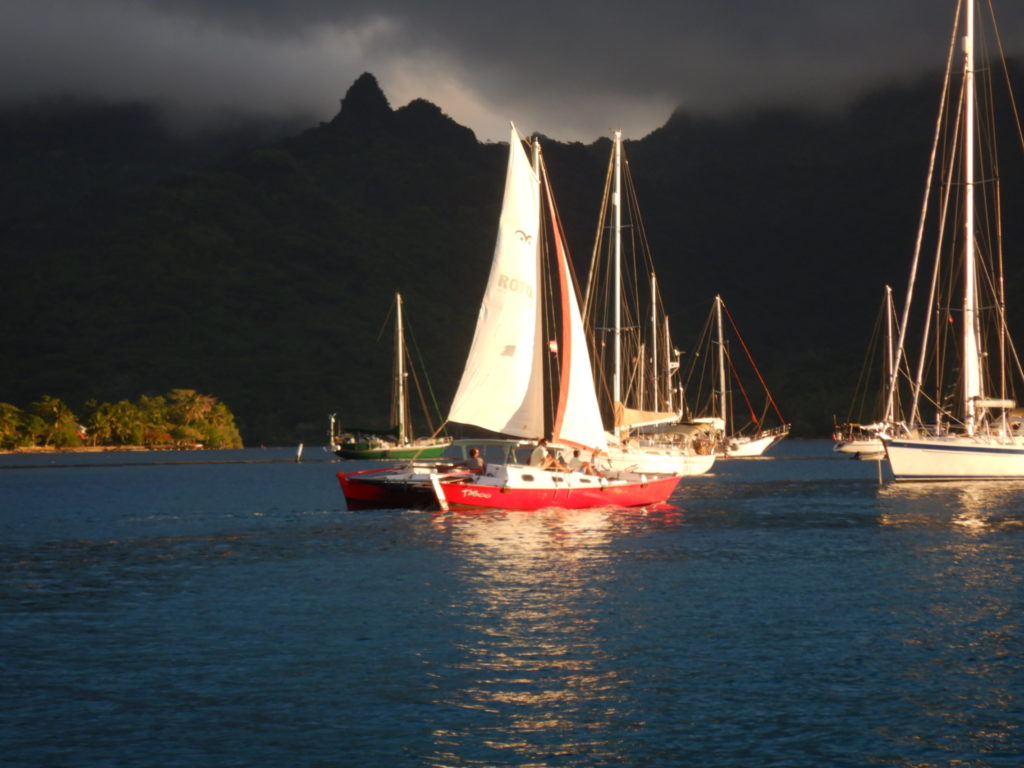
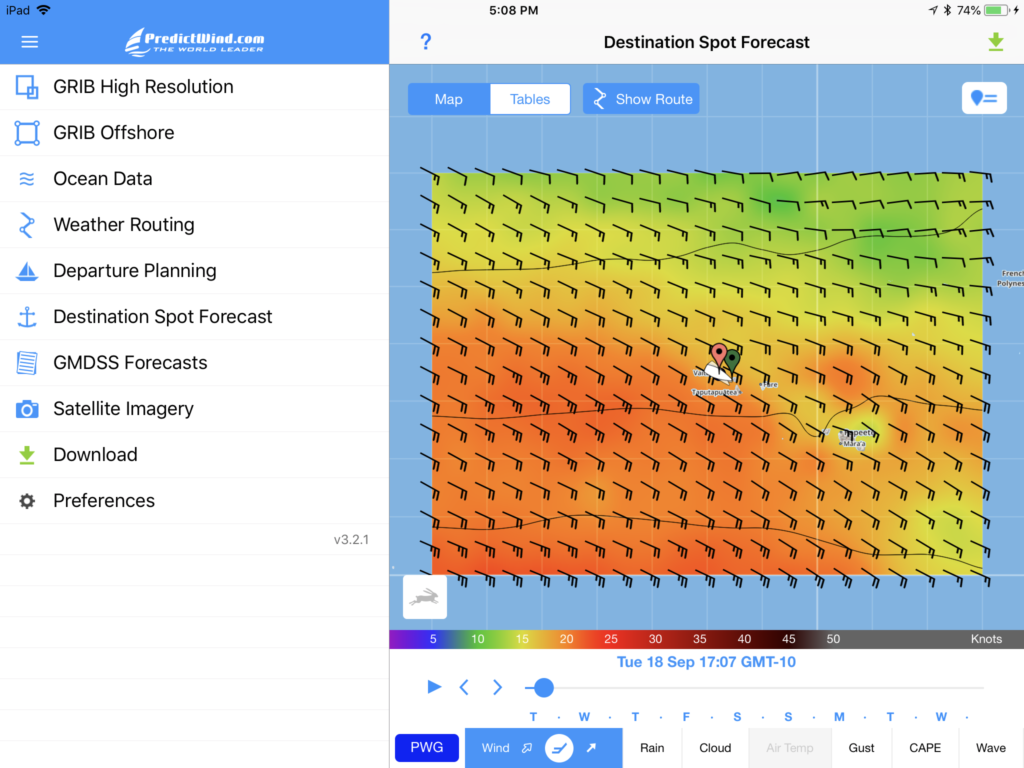
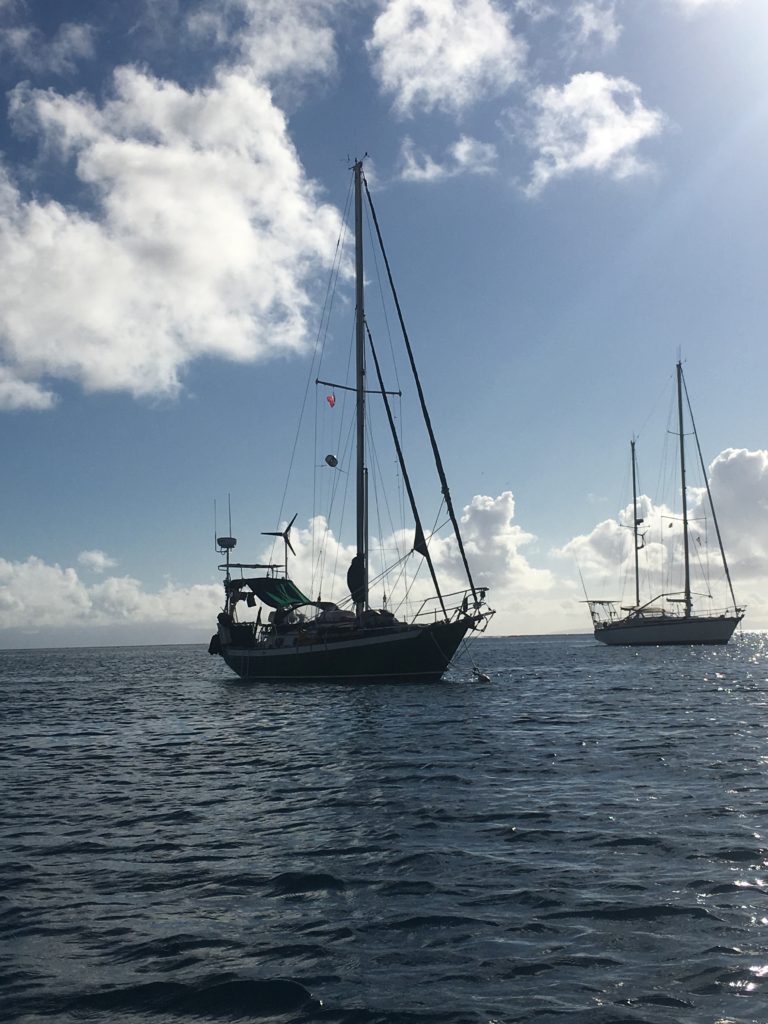
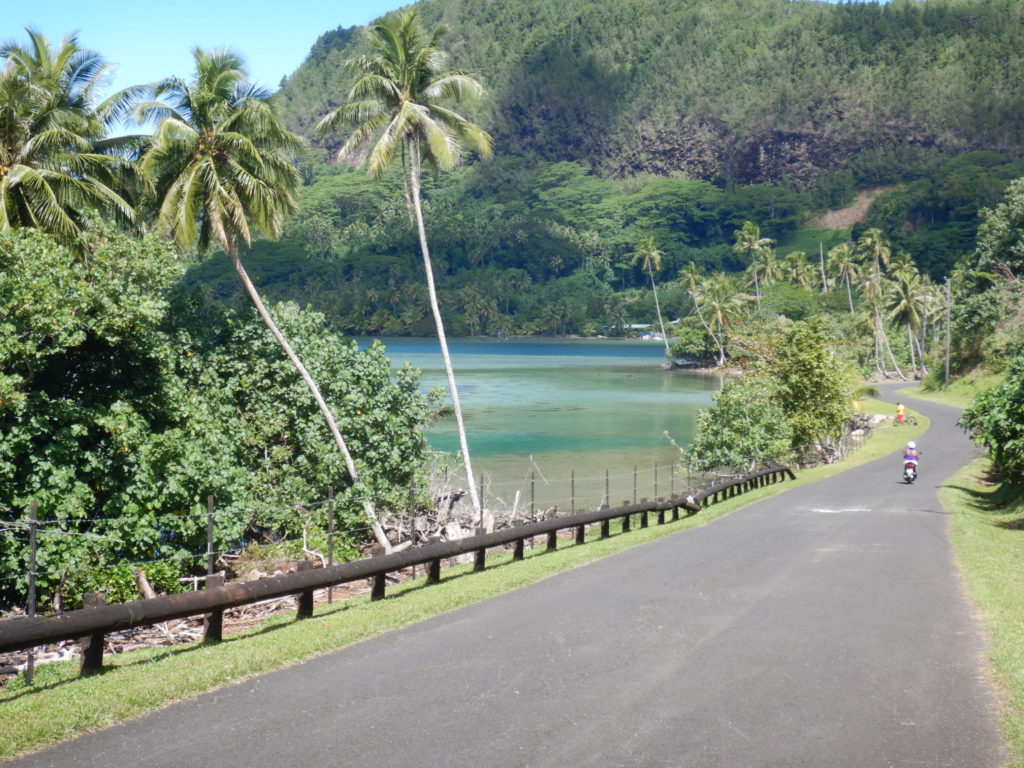
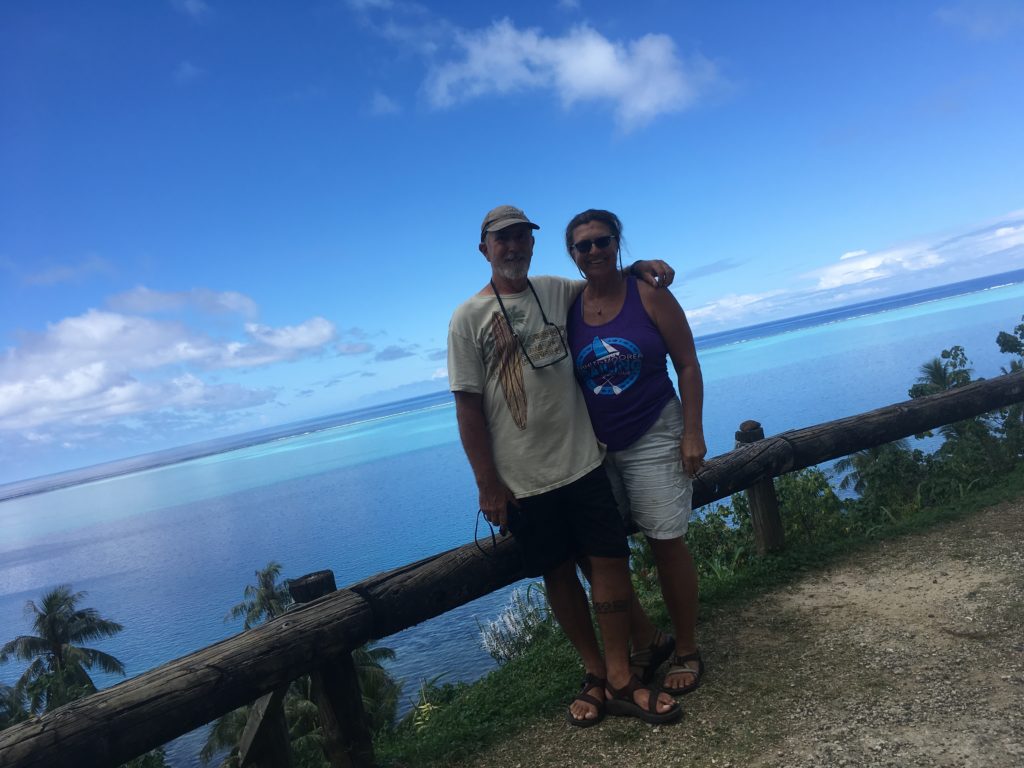

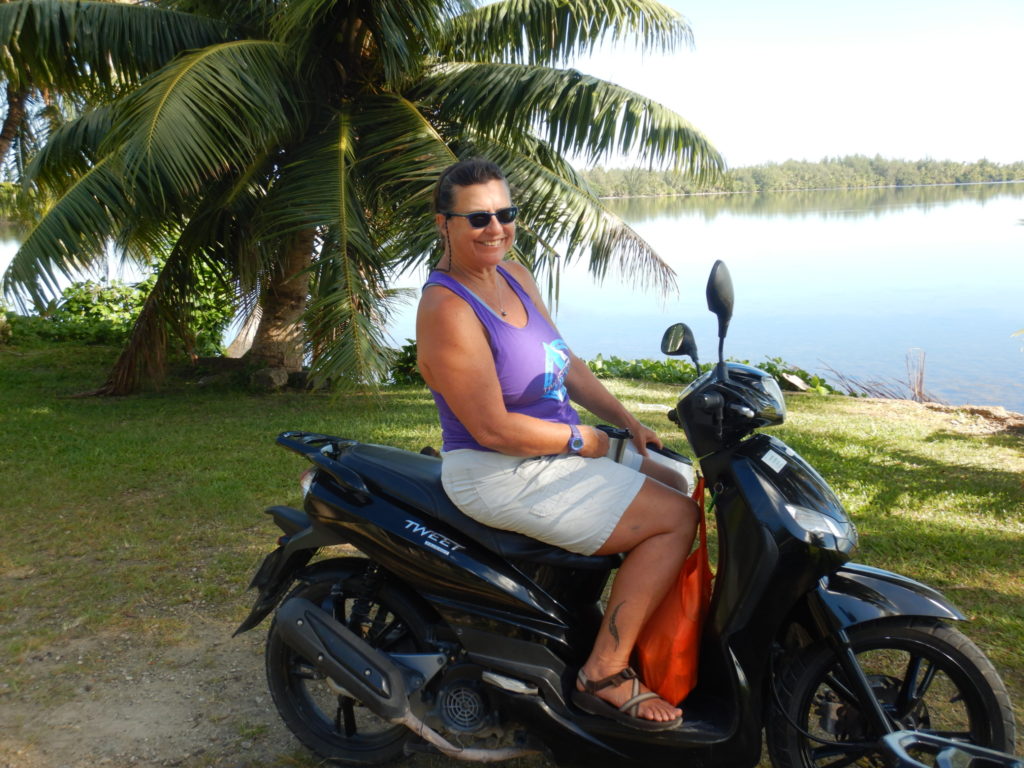

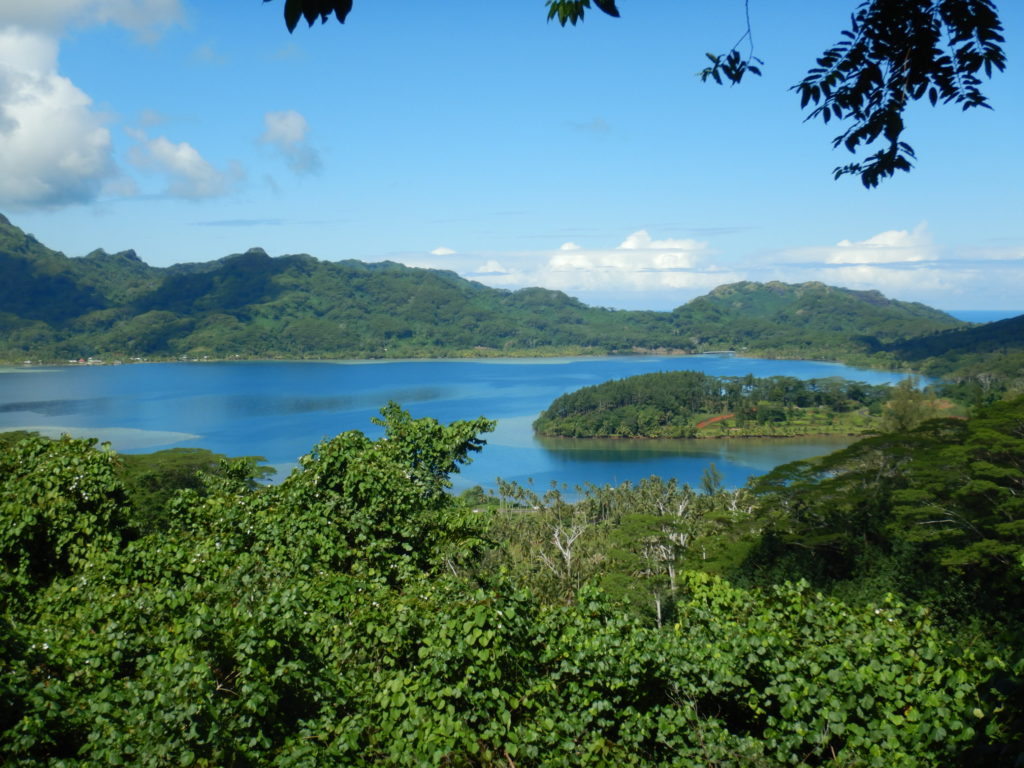
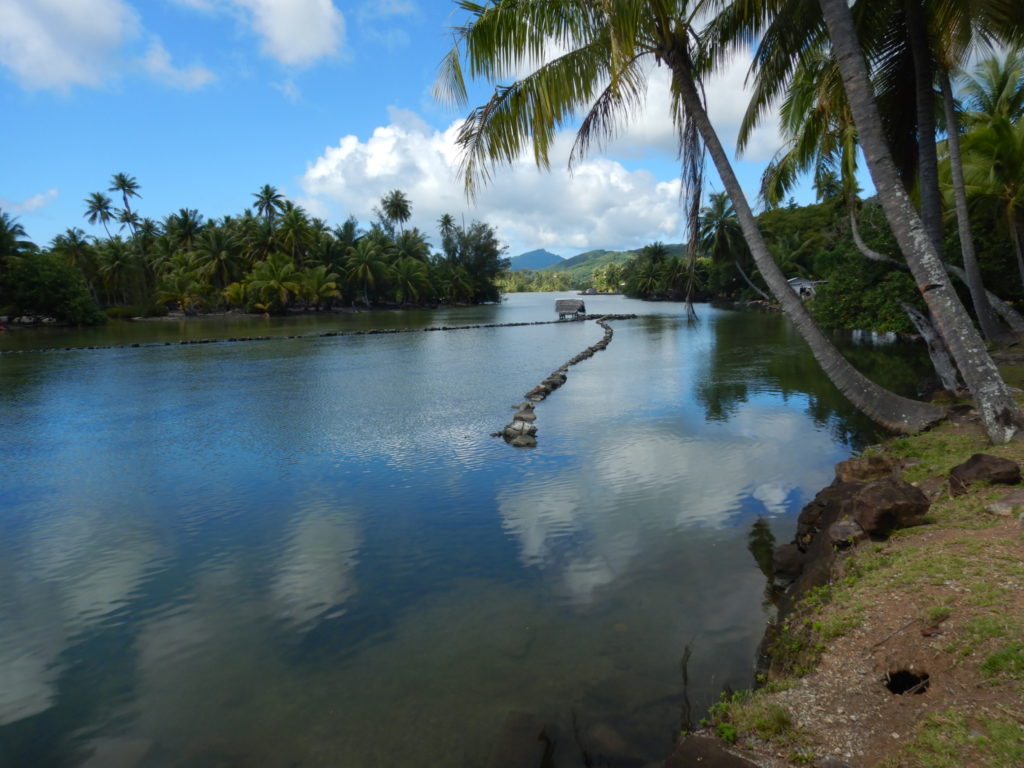
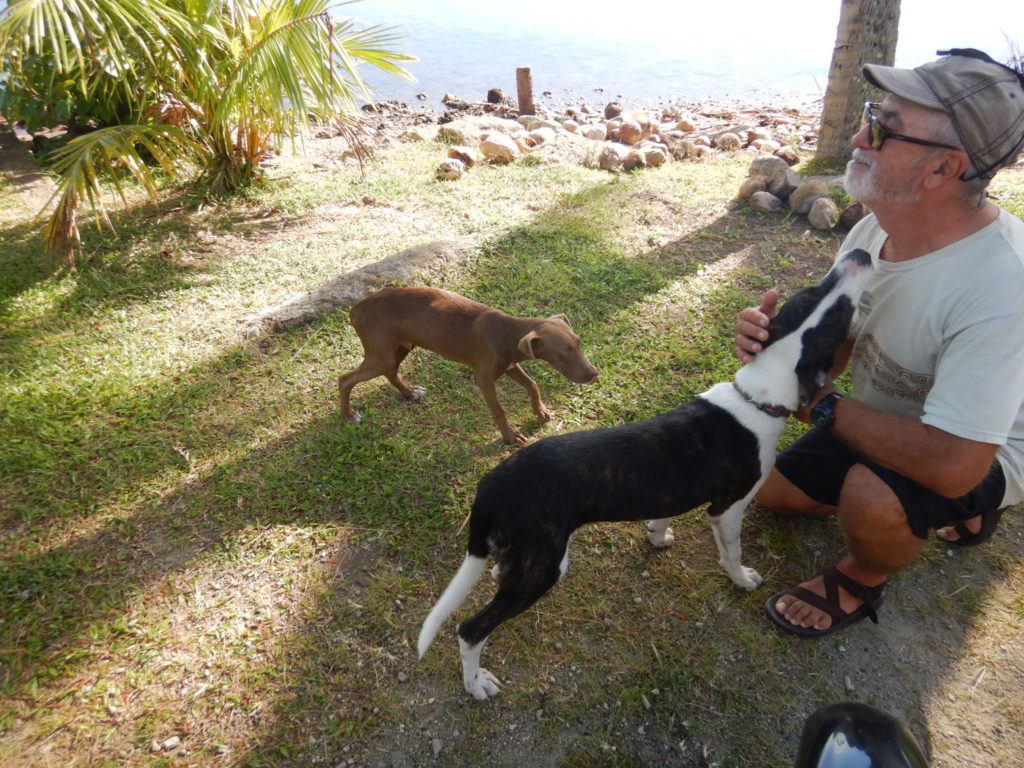
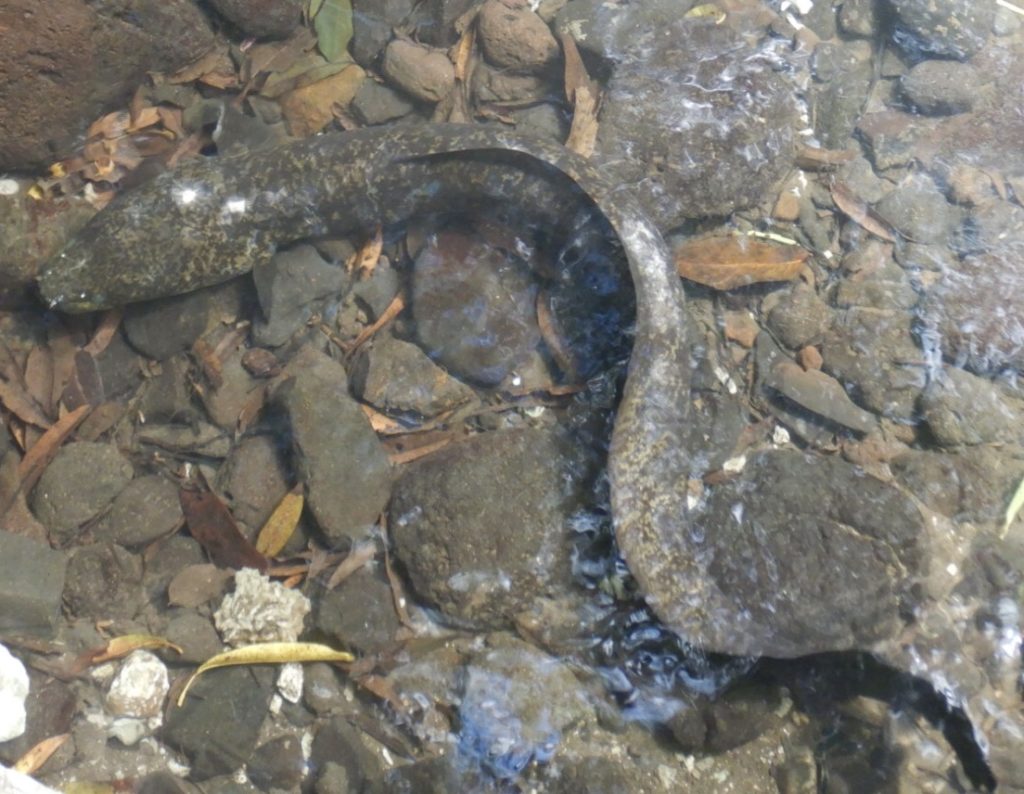
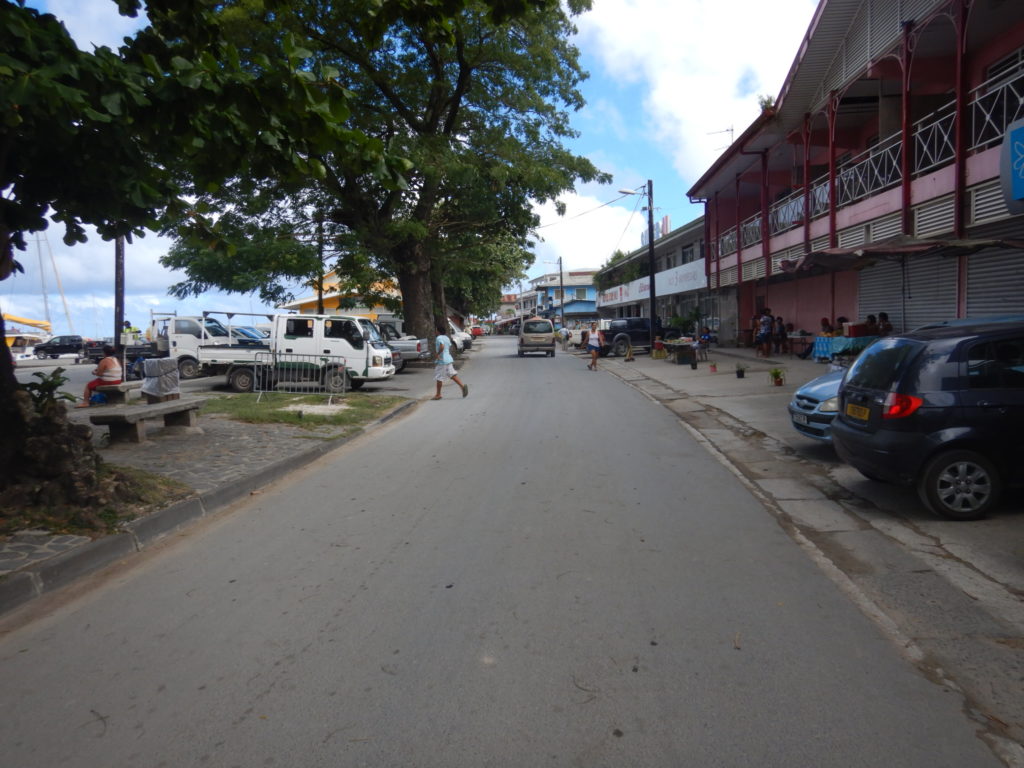
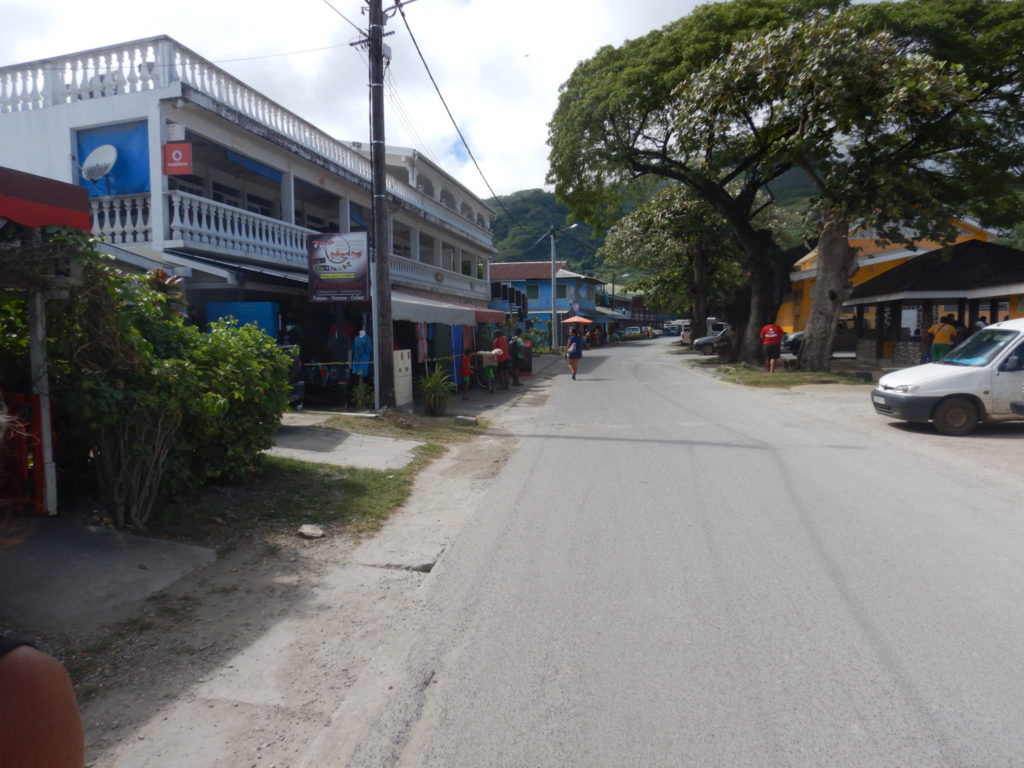

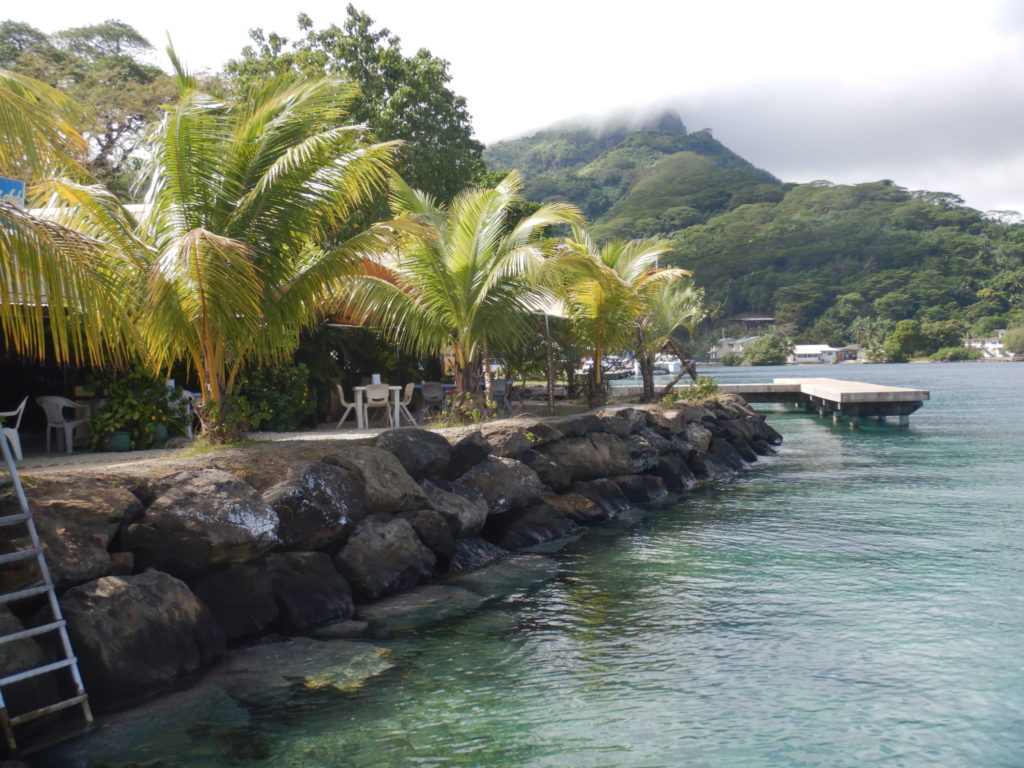

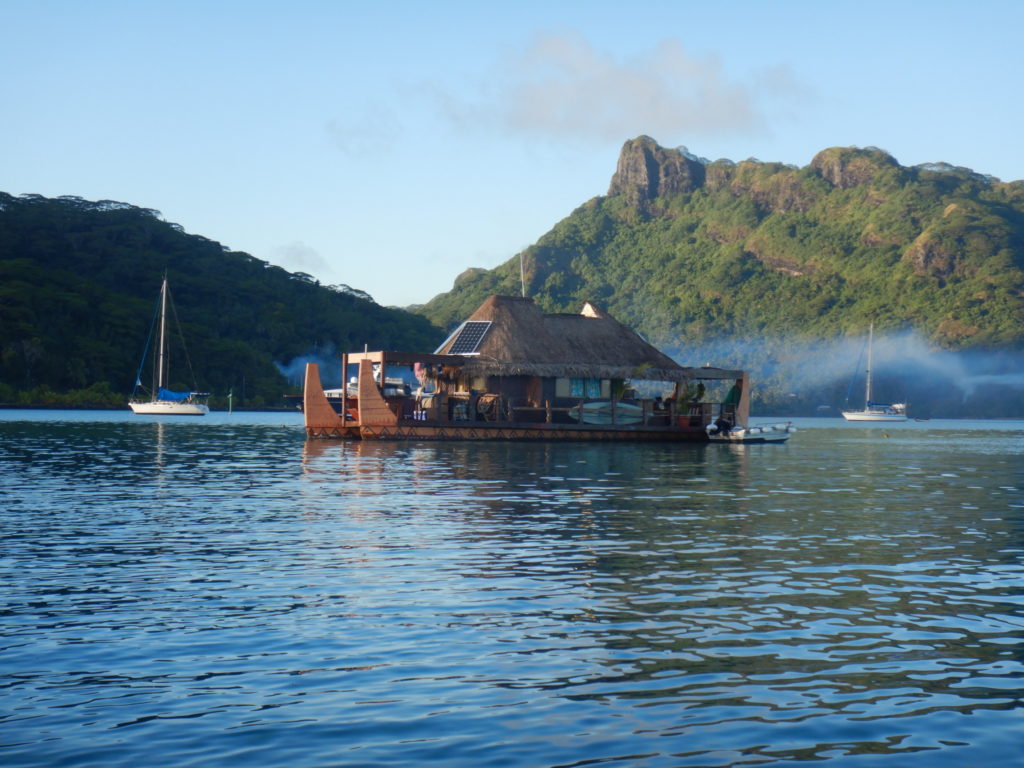
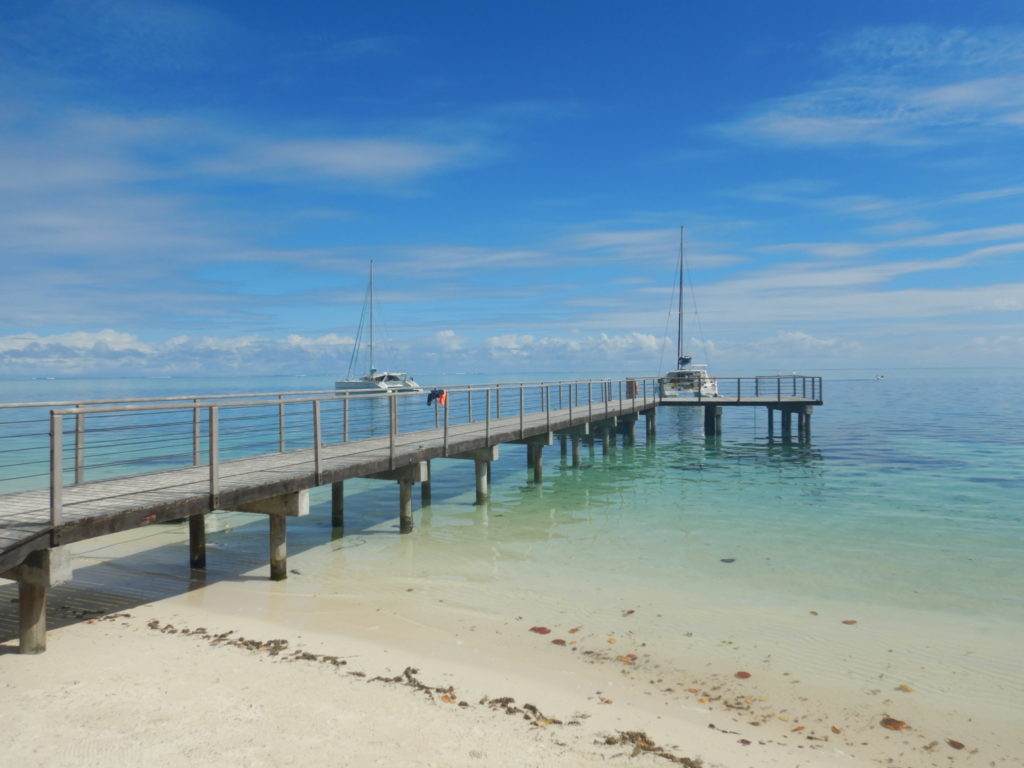
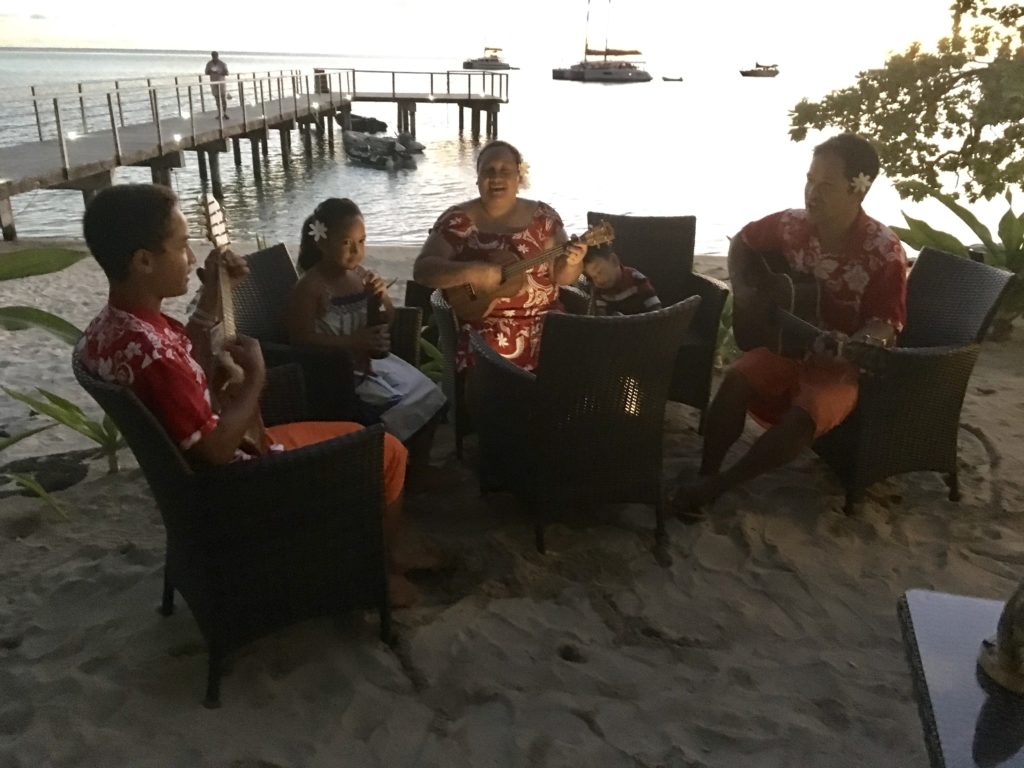
You two are awesome… thank you for sharing your adventures so well. Great stories and great writing. Hope we get to see you one day.. will continue to follow your sojourn via blog. One of the best I might add.
Best always… and big hugs, CJ
We’ve been trying to get in touch, but, none of the numbers we have are connecting. So the best we can do is here.
Happy Birthday to you, Happy Birthday to you, Happy Birthday dear Cindy Lou Lou, Happy Birthday to you!!! and many more! Know we’re thinking about you love you.
Chris, Roz, and Kepler
We were trying to get in touch with you, but the numbers we have are not connecting. So the best thing we can do is:
Happy birthday to you, Happy birthday to you, Happy birthday dear Cindy Lou Lou, Happy birthday to you!…and many more!
Chris, Roz and Kepler